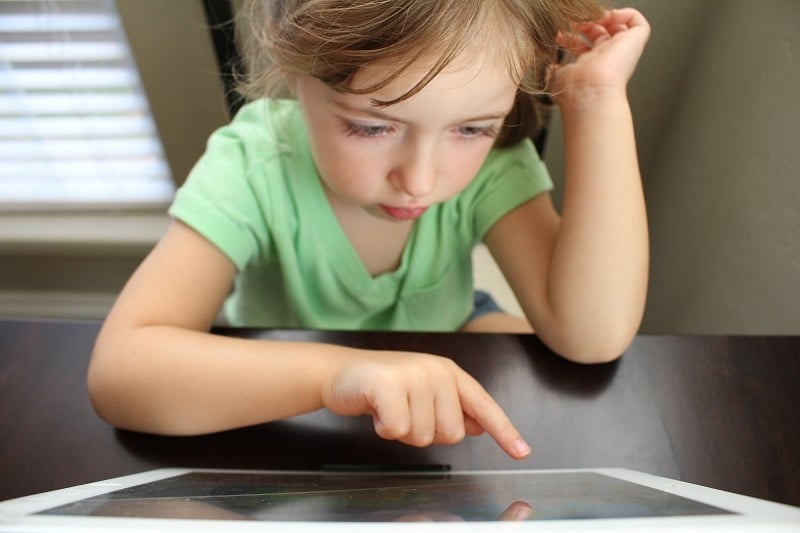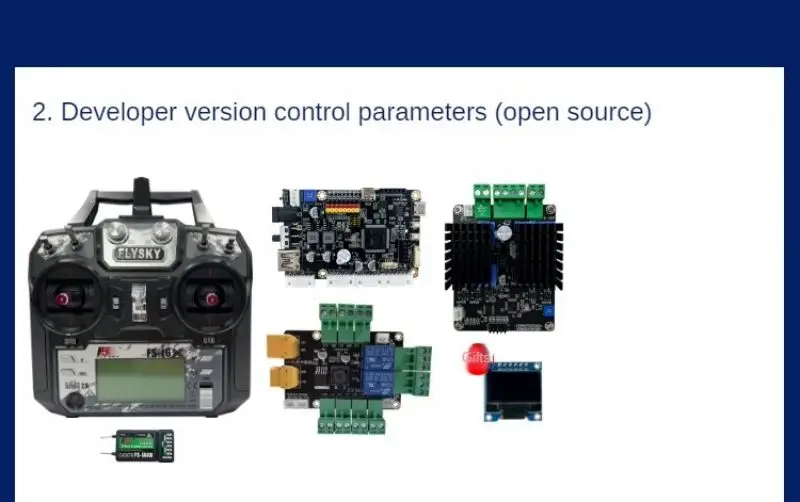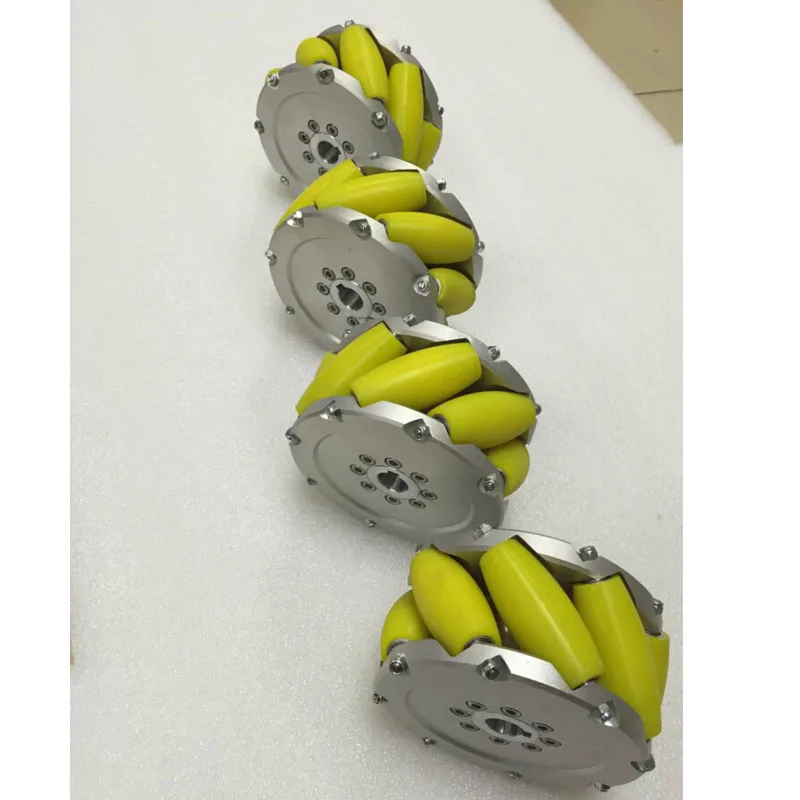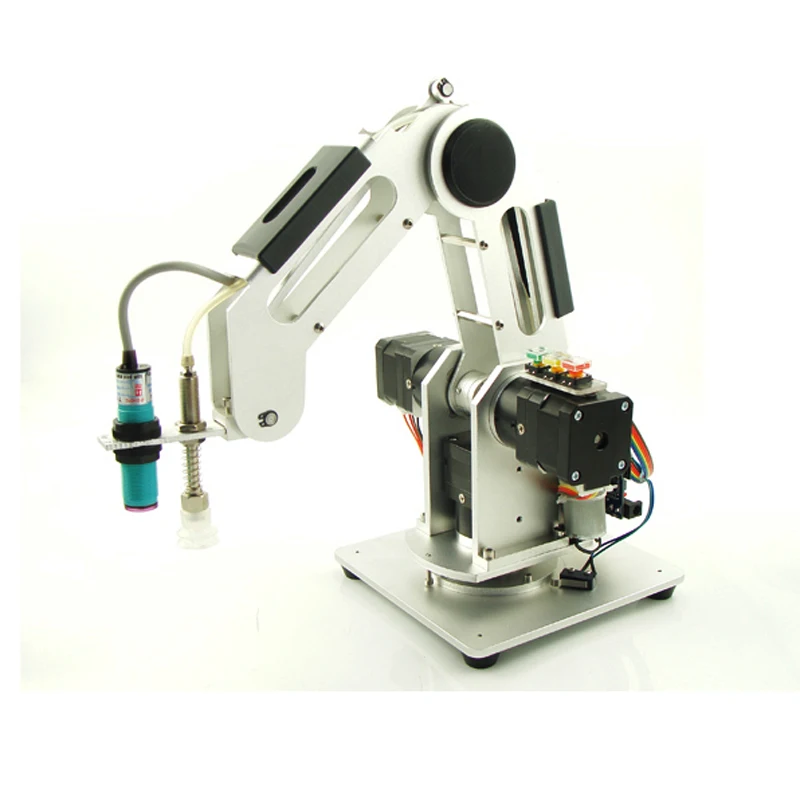
1. Definition and Types
Connected Devices: Toys that utilize internet connectivity, sensors, and software to interact with children and provide educational content.
Interactive Features: Voice recognition, augmented reality (AR), virtual reality (VR), and app integration for immersive play experiences.
Educational Tools: Designed to teach concepts in STEM (Science, Technology, Engineering, Mathematics), language skills, and creative arts.
2. Benefits and Developmental Impact
Cognitive Development: Enhancing problem-solving skills, critical thinking, and spatial reasoning through interactive challenges and games.
Language Skills: Encouraging vocabulary development, pronunciation, and comprehension through interactive storytelling and language learning apps.
STEM Learning: Introducing basic coding principles, robotics, and scientific concepts in a playful and engaging manner.
Social and Emotional Skills: Promoting teamwork, communication, and empathy through cooperative gameplay and interactive storytelling.
3. Design and Features
Multi-Sensory Engagement: Lights, sounds, textures, and responsive feedback that stimulate multiple senses for immersive play.
Educational Content: Curriculum-aligned lessons, quizzes, and challenges that adapt to a child's skill level and learning pace.
Safety and Durability: Child-safe materials, secure internet connectivity, and robust construction suitable for active play.
4. Parental and Educational Considerations
Learning Objectives: Choosing toys that support educational goals, complement classroom learning, and promote skill development.
Privacy and Security: Ensuring data protection, parental controls, and age-appropriate content filters for safe digital interactions.
Screen Time Management: Balancing interactive play with physical activities and setting limits on device usage.
5. Market Trends and Consumer Preferences
Innovation in Technology: Advances in AI (Artificial Intelligence), IoT (Internet of Things), and machine learning impacting toy design and capabilities.
Customization and Personalization: Smart toys with customizable features, such as character preferences, language settings, and interactive modes.
Sustainability: Growing demand for eco-friendly materials, recyclable packaging, and toys that promote environmental awareness.
6. Educational Outcomes and Assessment
Measuring Impact: Evaluating cognitive gains, language development, and social-emotional skills facilitated by smart toys through feedback and assessments.
Educator Insights: Collaboration with educators to design toys that align with educational standards and enhance classroom learning experiences.
Conclusion
Smart toys represent a fusion of playfulness and educational technology, offering children engaging opportunities to learn and grow. By selecting smart toys that stimulate curiosity, promote skill development, and offer meaningful interactions, parents and educators can support children's holistic development while preparing them for future challenges in a digital and interconnected world.







